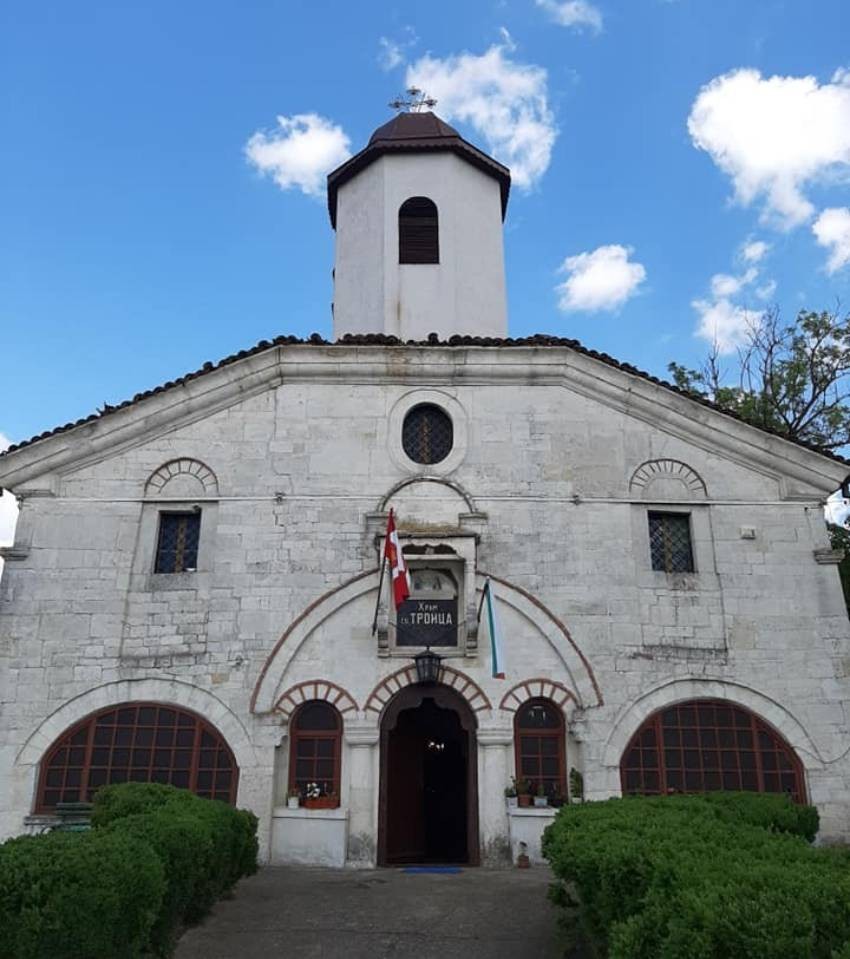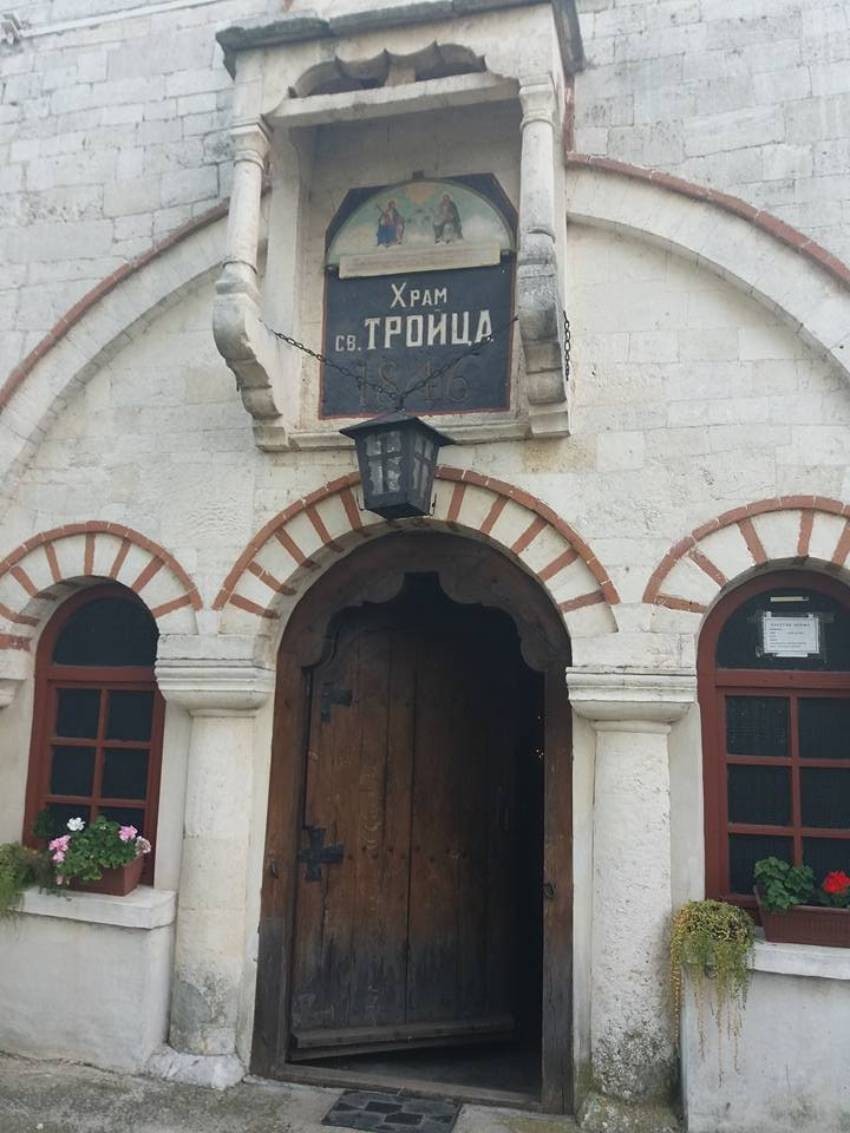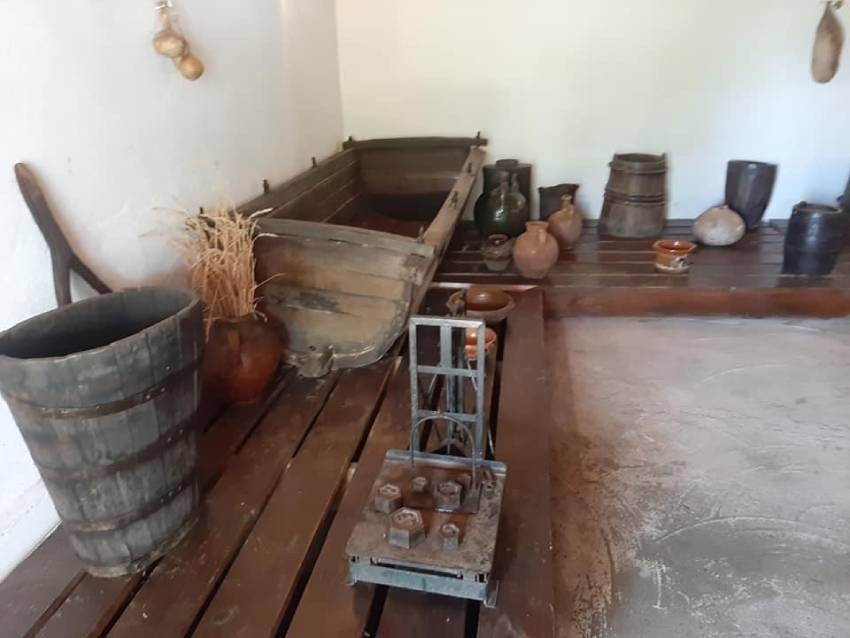



Bulgaria is still the only European country without a memorial to the victims of totalitarian regimes. Attention was once again called to this shameful fact, like a long untreated ulcer on the body of our society, on 1 June, when hundreds of people..
Almost 100 exhibits from the Museum of History Iskra in Kazanlak will be put on display at the J. Paul Getty Museum in Los Angeles, the US until the end of the year, Kazanlak municipality has announced on Facebook. The exposition in the US..
People of the Muslim faith in Bulgaria are celebrating Eid. 'Kurban', an Arabic word meaning 'approaching', signifies the efforts of Muslims to approach the mercy of Allah through animal sacrifice," said Dr Mustafa Haji, Grand Mufti of Bulgaria, in his..

+359 2 9336 661
